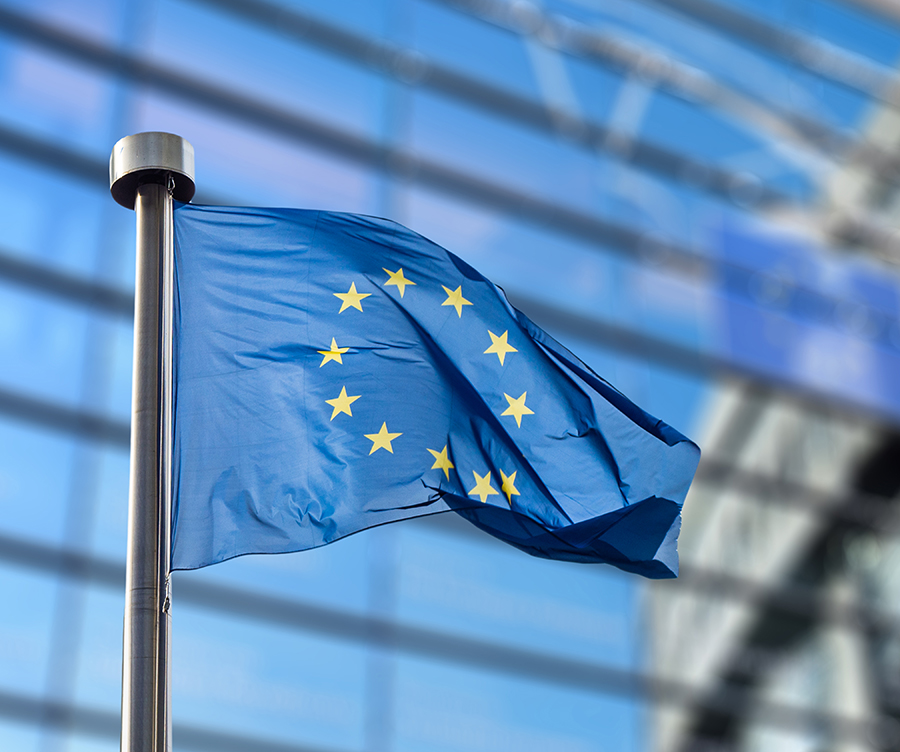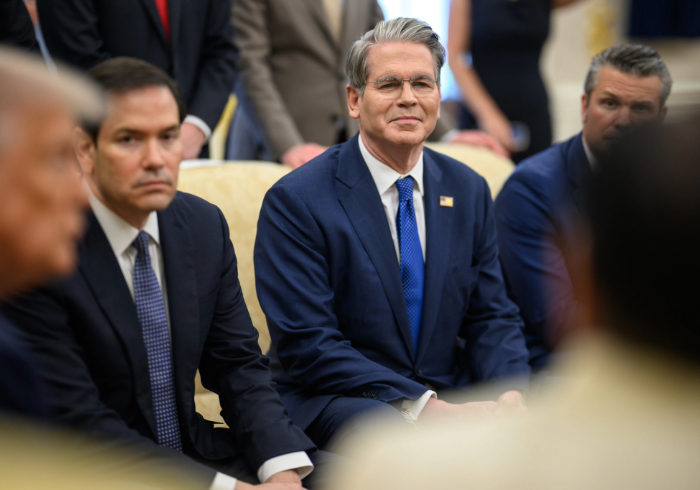The European Commission has launched a trade surveillance tool intended to protect the EU from sudden surges in imports caused by tariffs or trade restrictions in other markets.
The system monitors customs data to track goods that have seen a “potentially harmful increase” in imports since January 2025.
An increase in imports can be considered harmful if the goods are also made in the EU, and if imports have increased year-on-year while prices have declined.
“Recent turbulence in the global trading system has increased the risk of harmful trade diversion,” says Maroš Šefčovič, the EU’s commissioner for trade and economic security.
“Products diverted from high tariff markets could find their way to Europe, which is why the Commission is taking strong action.”
Šefčovič adds the Commission “won’t let illegal and unilateral trade measures” harm the EU market.
Data published by the trade surveillance tool on June 5 shows that major import shifts have already taken place within the bloc.
For instance, in May, imports of LEDs increased by 156% year on year, while their price decreased by 65%. Imports of certain types of steel bars have increased by over 1,000%, with a 97% decrease in price.
The Commission has urged manufacturers, industry associations and member states to review import trends displayed by the tool, and provide additional market intelligence and data.
The launch follows an April 7 pledge by the Commission to establish an import surveillance task force, which will work with industry representatives to ensure policy changes are built on a solid evidence base.
EU responses to trade diversion may take the form of safeguards, anti-dumping measures or anti-subsidy measures, which apply duties on specific goods, either from one location or globally.
“This proactive approach will enable the EU to stay ahead of emerging trends and address any emerging risks,” it says.
The move follows concerns among some European industry groups that US tariffs on imports from China could result in goods being diverted to the EU.
Henrik Adam, president of the European Steel Association, warned in February that if US steel imports fell due to tariffs, non-EU steel is “likely to be massively diverted into the European market”, harming EU steel producers’ competitiveness.
China is a particular cause for concern for the EU, given that the ongoing US-China trade war is restricting the country’s access to one of its largest trade partners. The bloc says in the press release that it is “setting up a dialogue” with China to track possible trade diversion.The move could also help the EU’s trade negotiations with the US, says Rebecca Harding, chief executive of research outfit the Centre for Economic Security.
The Trump administration is working to crack down on Chinese exports to third parties, so reducing cheap Chinese goods flowing into the bloc not only benefits the EU’s internal market but may “soften what the Americans do” to the EU, according to Harding.
Since the start of the year, the EU has also sought to boost intra-EU trade. On May 21, it released an updated single market strategy that aims to dismantle the 10 largest barriers to intra-EU trade and simplify the regulatory framework of the bloc.
These barriers include overly complex rules, difficulties setting up businesses within the bloc and “outdated” harmonisation rules on product legislation.
The communication announcing the strategy says that the single market is the EU’s “anchor” as the rest of the world is “plunging into a period of economic uncertainty”.








